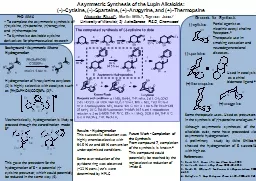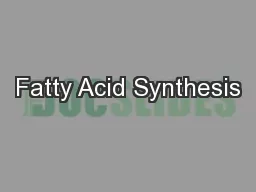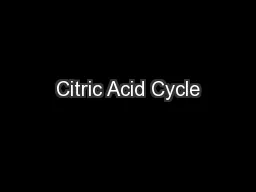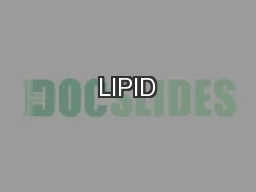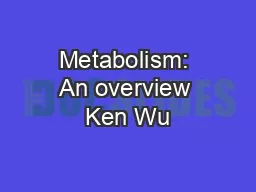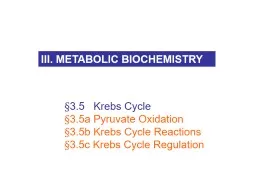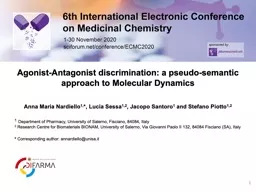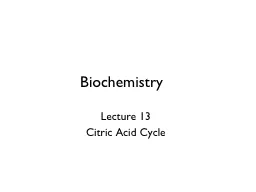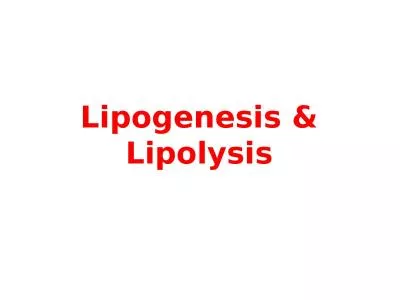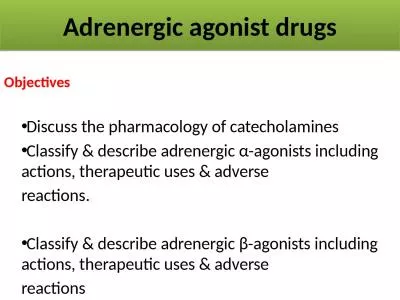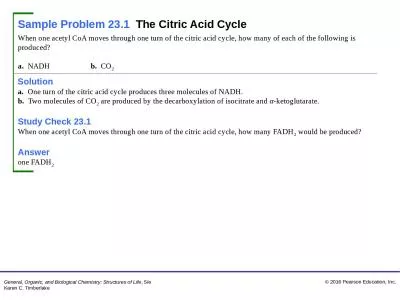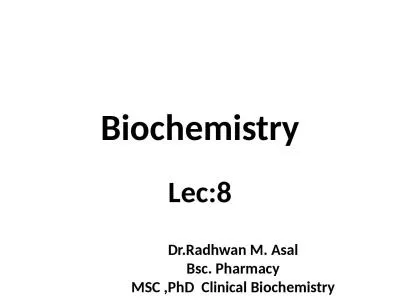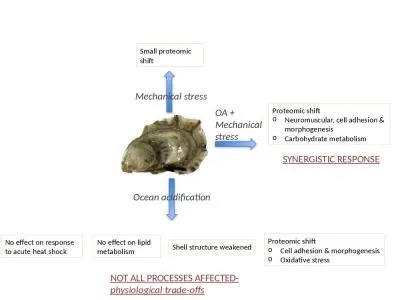PPT-Partial agonist at nicotinic acetyl
Author : olivia-moreira | Published Date : 2016-11-02
choline Receptors 3 Therapeutic use in smoking cessation and neurodegenerational diseases Asymmetric Synthesis of the Lupin Alkaloids Cytisine Sparteine Anagyrine
Presentation Embed Code
Download Presentation
Download Presentation The PPT/PDF document "Partial agonist at nicotinic acetyl" is the property of its rightful owner. Permission is granted to download and print the materials on this website for personal, non-commercial use only, and to display it on your personal computer provided you do not modify the materials and that you retain all copyright notices contained in the materials. By downloading content from our website, you accept the terms of this agreement.
Partial agonist at nicotinic acetyl: Transcript
Download Rules Of Document
"Partial agonist at nicotinic acetyl"The content belongs to its owner. You may download and print it for personal use, without modification, and keep all copyright notices. By downloading, you agree to these terms.
Related Documents

